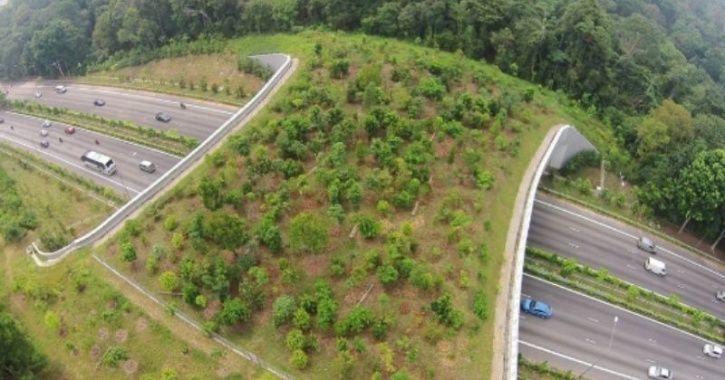NCR to build Bridge to help Animals cross ‘Busy Highway’ safely
History says that animals have long been terribly affected by human activities. So many animals have died due to humans for various reasons and one literally needs more than a book to explain the sins caused by humans to animals. Talking about the subject of road accidents, countless animals have died all across the world due to the poor infrastructure of the national highways.
However, in order to prevent animals from dying in road accidents, NCR has set its prime focus to build a special animal passage to help the animals cross a busy highway safely from one end to the other.

An animal route is going to be soon built by connecting the two sides of the city’s biggest ecotourism hub in Sector 91.
The National Green Tribunal suggested ‘wildlife overpass’ that will soon be of greater assistance to animals as they can cross the road with zero human contact.
Vivek Kambhoj, the founder of an NGO identified as Haryali, told TOI, that even in countries like Nepal there are many underpasses for animals that help them to cross safely without human intervention.
Noida authority has major plans to develop Sector 91 as ‘the lungs of Noida’ with a city forest and 146 acres of green belt, a herbal garden, biodiversity park and a wetland.
It has been learnt that the city forest and biodiversity park are on one side while the herbal garden and wetland are on the other side.
Rajeev Tyagi, general manager of Noida authority said, “There is an existing unused walking bridge over the culvert, about four feet wide, which will be developed as an animal pass for the wildlife to easily move within the region and cross the culvert and the adjoining road.”
He then added, “Several European countries have such animal passes across expressways or roads that pass through forest areas.”
“To preserve the flora and fauna, the Noida Authority is developing the animal bridge which will connect all four areas being developed in Sector 91. This will be a first of its kind in the region.”












